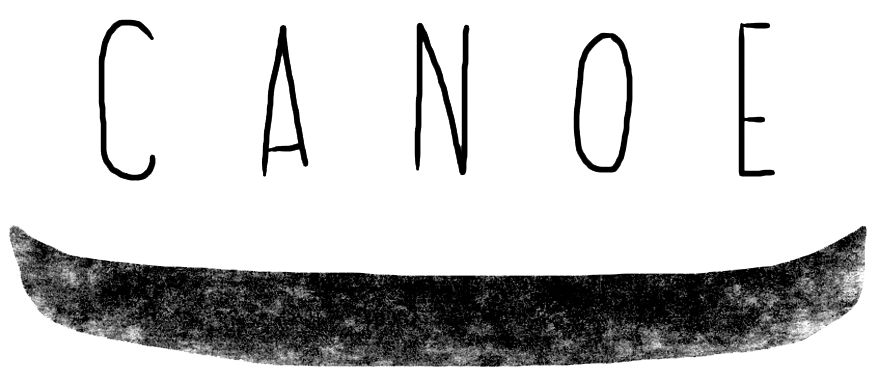Studio Visit: Abigail Anne Newbold
 Abigail Anne Newbold is an artist and designer who creates installations focused on domestic objects and the environments that contain them. Based in Boston, Abigail constructs familiar scenes of the everyday, drawing our attention to the material detail and form of our tools. Her work crosses back and forth between objects that bring comfort, and tools that help us survive.
Abigail Anne Newbold is an artist and designer who creates installations focused on domestic objects and the environments that contain them. Based in Boston, Abigail constructs familiar scenes of the everyday, drawing our attention to the material detail and form of our tools. Her work crosses back and forth between objects that bring comfort, and tools that help us survive.
We sat down with Abigail to discuss her process and take a look at her studio.
Natalie Davis: How do you approach the early stages of an idea?
Abigail Newbold: Starting a new project can be a challenge—not for lack of ideas, but in formulating them into a directed vision. I usually have an initial concept, a little nugget of an image in my head that I want to develop. These I usually jot down haphazardly. Some ideas develop, but most get put on the back burner. A few are dug out of the archives when I realize an old design dovetails perfectly into a current project—that’s the best when all these little thoughts come together and make sense in a bigger picture.
Once I’ve committed to a design and I am in the production process I feel much more at ease. It’s like I can turn my mind off of the stressful decision-making, and have room to free-float. I often find that while I’m fabricating a work, my mind is most productive at thinking about the next project. I think there is something about the process of working with my hands that allows my mind to order my thoughts. For this reason I usually have multiple projects at multiple stages going at once so I can move from one activity to another—spend a little time reading, draw out a thought, work cutting strips of fabric into shapes, document the work, write about the work….and on and on.
ND: How do your tools inform your work?
AN: Most of my work is about making—and with that, the specificity of tools for the function. I’m not sure which comes first: my interest in learning to use a specific tool that leads me to research new processes, or my interest in a process that necessitates a new tool. For example, last year I started doing a lot of research about timber-frame construction as an off-shoot of my interest in processes in which one can be relatively self-sufficient. In the process, I fell in love with the tools as objects, as perfect examples of function defining form while remaining elegant.
Tools are almost always present in my work. Maybe it’s that they reference function and utility which are both very important to me.
ND: Do you relate your work to current fashion trends and revivals in heritage clothing and products?
AN: This era of revival is exciting to me—to be visually surrounded by things that have long held fascination and inspiration to me. I’m thinking of Wellingtons, waxed jackets, fur-trimmed parkas, Land Cruisers and Victorian hunting lodges be-trophied in moose antlers. It is a little odd to see what once were unique tastes and interests become so commonplace and, in this case, bastardized. The aesthetic you are referring to is one of rugged utility, a sort of backwoods, militant yet elegant survivalism brought to an urban arena. With the overlay of this utility aesthetic onto “fashion” (to speak in general terms), the history of the function of these objects and the life that necessitated them are forgotten. I don’t mind this so much; I like odd juxtapositions and giving objects new context, but it makes me sad that these trends are simply the flavor of the moment, and the concepts driving them—self-sufficiency, practicality, pastorialism—will be easily replaced by the next trend.
Many thanks to Abigail for giving us a tour of her studio and be sure to check out her website for more of her work! Each month we'll be posting a studio visit with artists we admire. Feel free to contact us via the contact button if you have suggestions on folks you'd like to see featured!




